Introduction to the Keto Diet and Its Benefits
The ketogenic diet, often simply called the keto diet, is a nutritional approach that shifts the body’s metabolism to burn fat as its primary fuel source instead of carbohydrates. This shift creates a metabolic state called ketosis, where the body converts fat into ketones and uses them for energy.
People choose the keto diet for various reasons, including weight management, improved mental clarity, and increased energy levels. Beyond these benefits, some individuals find that keto helps regulate blood sugar levels and supports cardiovascular health.
The appeal of this diet lies in its ability to offer a new way of eating that challenges traditional carbohydrate-heavy meal plans. Its potential to aid in fat loss without hunger pangs has garnered significant attention, making it a popular choice for many.
Understanding the Basics of the Keto Diet
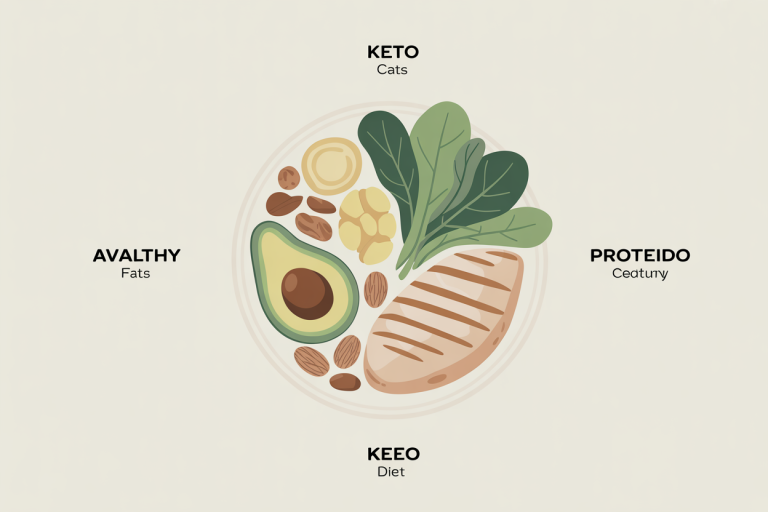
At its core, the keto diet emphasizes a high intake of fats, moderate protein, and very low carbohydrates. Typically, daily carbohydrate consumption is restricted to about 20 to 50 grams, depending on individual needs.
This limited carb intake encourages the body to use stored fat as fuel. Protein intake is kept moderate to prevent excess glucose production, which could disrupt ketosis. Fat becomes the primary energy source, often making up 70-75% of daily calories.
Knowing which foods fit into these categories is critical for following keto correctly. Healthy fats such as avocado, olive oil, and nuts are staples, while carbohydrates mainly come from leafy greens and low-carb vegetables.
How the Keto Diet Affects the Body
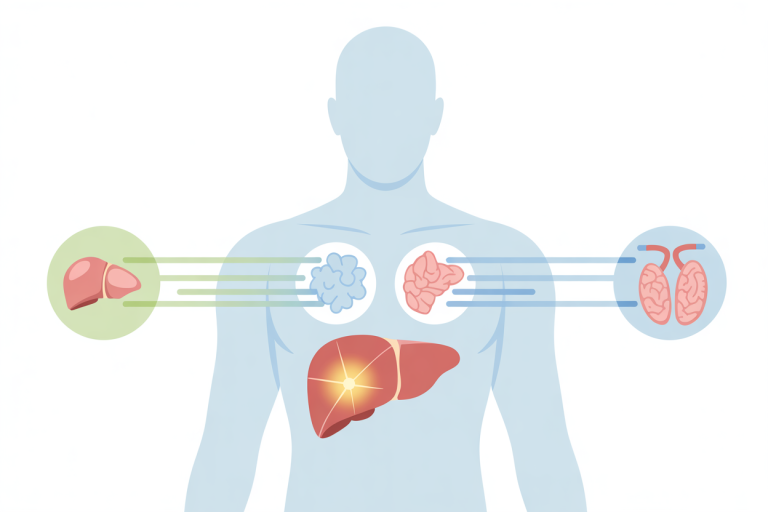
When following the keto diet, the body undergoes several biochemical changes. By restricting carbohydrates, the liver begins to convert fats into ketones—molecules that provide alternative energy for the brain and muscles.
This metabolic state often leads to more stable blood sugar levels, reduced hunger, and increased focus. Many report feeling more energetic and experiencing fewer mood swings once fully adapted to this style of eating.
Weight loss often occurs as the body taps into its fat stores, especially in the early stages of ketosis. Additionally, some research points to potential benefits for overall metabolic health and insulin sensitivity.
The Importance of Macronutrient Balance on Keto
Achieving the appropriate balance of macronutrients is fundamental to sustaining ketosis and experiencing the diet’s benefits. The commonly recommended ratio consists of approximately 70-75% fat, 20-25% protein, and 5-10% carbohydrates.
Protein intake should be sufficient to preserve muscle mass but not excessive, as extra protein can convert to glucose. Fats provide energy and promote satiety, encouraging adherence to meal plans without feeling deprived.
Adjustments may be necessary based on individual responses, activity levels, and goals. Monitoring these ratios diligently helps maintain ketosis and supports overall health.
Typical Meals on a Keto Diet
Breakfast Options for a Keto Lifestyle
Starting the day with a keto-friendly breakfast can set the tone for maintaining ketosis. Popular choices include scrambled eggs cooked in butter or coconut oil, paired with avocado slices for healthy fats.
Another option is a smoothie made with unsweetened almond milk, spinach, avocado, and a small quantity of protein powder. This combination offers sustenance without excess carbs.
For those who prefer a warm meal, chia pudding prepared with coconut milk, topped with chopped nuts and seeds, provides both fats and fiber.
Lunch Ideas That Keep You in Ketosis
Lunchtime meals typically focus on protein and fat while incorporating leafy greens. Salad bowls with grilled chicken, mixed greens, olives, cheese, and olive oil dressing are a staple.
Lettuce wraps stuffed with tuna or egg salad offer a low-carb alternative to sandwich breads. Adding sliced cucumbers, bell peppers, or celery sticks can introduce crunch and nutrients.
Soups made from bone broth, heavy cream, and low-carb vegetables also offer warmth and satiety without risking carb overload.
Dinner Choices That Are Keto-Friendly
Dinners on the keto diet often involve fatty cuts of meat such as salmon, ribeye steak, or chicken thighs. Sautéed or roasted non-starchy vegetables like asparagus, zucchini, or cauliflower can accompany these proteins.
Casseroles baked with cheese, cream, and leafy greens offer comforting options. Fats can be increased with added butter or cream sauces to maintain the proper macronutrient ratio.
Egg-based dishes, like frittatas loaded with vegetables and cheese, also make satisfying dinner options.
Snacks and Sides to Support Your Goals
Keeping keto-friendly snacks handy helps prevent unplanned carb consumption. Nuts like macadamias, walnuts, and pecans provide healthy fats and a crunchy texture.
Cheese sticks, olives, and hard-boiled eggs are convenient snacks that fit well within keto guidelines. For those craving something creamy, guacamole with celery sticks is a popular choice.
Sides such as sautéed mushrooms, steamed broccoli with butter, or zucchini noodles can complement larger meals without adding excessive carbohydrates.
Planning Your Keto Meals for Success
Tips for Preparing Keto-Friendly Foods
Meal preparation is often key to maintaining consistency on a keto regimen. Planning meals ahead helps avoid quick, carb-rich options when hunger strikes.
Batch cooking proteins like chicken breasts, ground beef, or boiled eggs allows for quick assembly of meals. Investing in kitchen tools such as spiralizers for vegetable noodles or non-stick pans aids in efficient cooking.
Choosing whole foods over processed ones ensures better nutritional quality. Using herbs and spices adds flavor without extra carbohydrates.
Common Pitfalls to Avoid While Following Keto
Avoiding excessive consumption of hidden carbs found in condiments, sauces, and some packaged foods is important. Reading labels carefully prevents unexpected carbohydrate spikes.
Relying too heavily on processed “keto-friendly” snacks can hinder progress. These are sometimes high in unhealthy fats or artificial ingredients.
Neglecting hydration and electrolyte balance may lead to discomfort, often referred to as the “keto flu.” Drinking plenty of water and replenishing sodium, potassium, and magnesium is beneficial.
How to Track Your Progress and Adjust Your Diet
Keeping an eye on your body’s response to the diet helps evaluate progress. Monitoring ketone levels through breath, urine, or blood tests can confirm whether ketosis is sustained.
Tracking macronutrient intake using apps encourages mindful eating. Adjustments to fat, protein, and carb ratios may be necessary if energy wanes or weight loss plateaus.
Listening to hunger cues and energy levels provides valuable feedback for maintaining balance without rigidity.
Conclusion and Final Thoughts on Eating Keto Daily
Adopting a keto lifestyle involves a shift in both mindset and eating habits. While it requires attention to macronutrient composition and meal planning, many find the results rewarding.
Eating a variety of whole foods rich in fats and protein can support overall well-being and promote fat utilization. Challenges such as avoiding hidden carbs and maintaining hydration are manageable with preparation.
Daily commitment to this way of eating can lead to improved energy, weight management, and metabolic health. Success often stems from thoughtful meal choices and adapting to the body’s signals over time.
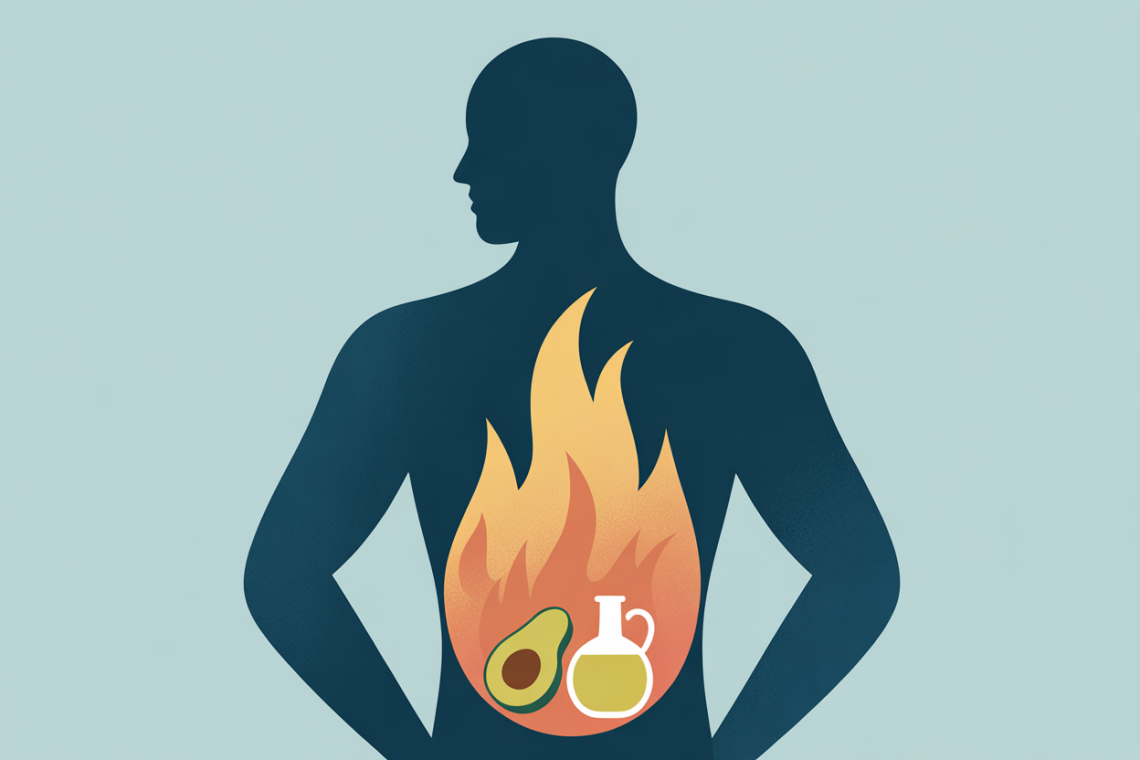


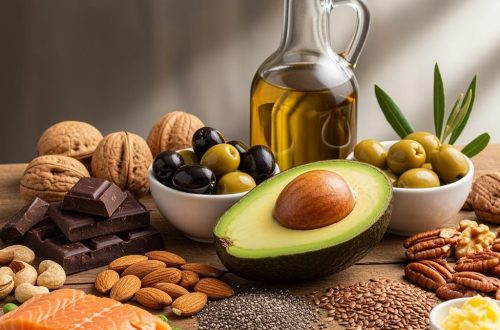

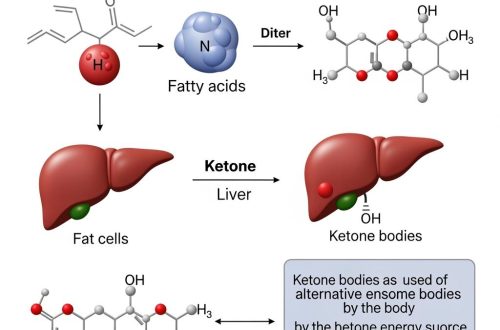
One comment on “Daily Eating on the Keto Diet Explained for Beginners”
Comments are closed.